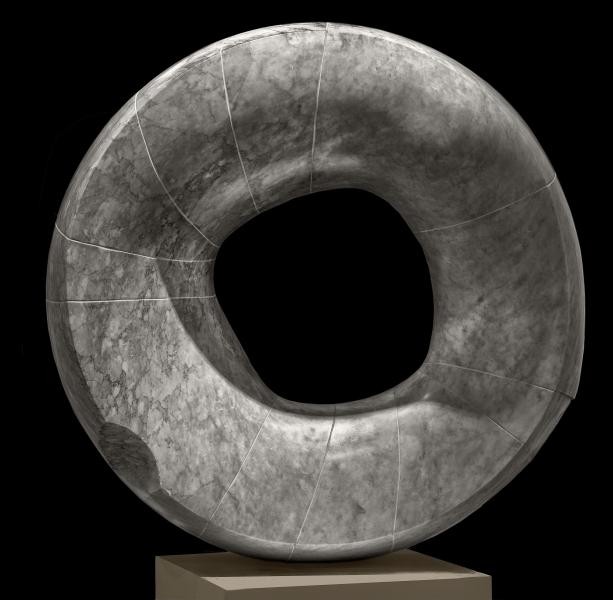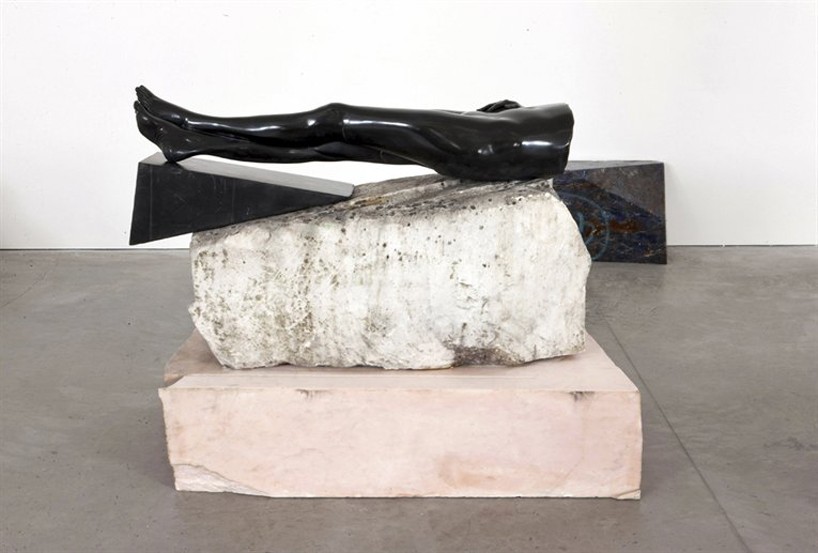City Coverage
Bower developed specialized AI models for four major metropolitan areas, each trained on unique architectural and geographic features
Research & Development
City-Specific Research
Bower's research team developed specialized AI models for Miami, Los Angeles, New York City, and Chicago. Each model was trained on distinct architectural patterns, landmarks, and geographic features unique to that metropolitan area.
This research demonstrated how city-specific training data significantly improves computer vision model performance for urban environment analysis and spatial intelligence applications.
Miami

Coverage Area
Greater Miami metropolitan area including Miami Beach, Downtown, Brickell, Wynwood, and surrounding neighborhoods
Key Landmarks
Analysis Features
Research Focus: Miami served as a testbed for developing urban analysis algorithms capable of identifying location-specific architectural and environmental patterns.
Los Angeles

Coverage Area
Greater Los Angeles area including Hollywood, Downtown LA, Santa Monica, Venice Beach, Beverly Hills, and surrounding regions
Key Landmarks
Analysis Features
Research Focus: Los Angeles served as a testbed for developing urban analysis algorithms capable of identifying location-specific architectural and environmental patterns.
New York

Coverage Area
New York City including Manhattan, Brooklyn, Queens, The Bronx, and Staten Island
Key Landmarks
Analysis Features
Research Focus: New York served as a testbed for developing urban analysis algorithms capable of identifying location-specific architectural and environmental patterns.
Chicago

Coverage Area
Greater Chicago area including the Loop, Magnificent Mile, Navy Pier, Lincoln Park, and surrounding neighborhoods
Key Landmarks
Analysis Features
Research Focus: Chicago served as a testbed for developing urban analysis algorithms capable of identifying location-specific architectural and environmental patterns.
Research Outcomes
Key Learnings from Multi-City Development
Our research across these four metropolitan areas revealed critical insights into building effective geospatial AI systems:
- City-specific architectural patterns significantly impact model performance
- Coastal vs. inland environments require different analysis approaches
- High-density urban areas benefit from landmark-focused training data
- Regional climate and lighting conditions affect visual recognition accuracy